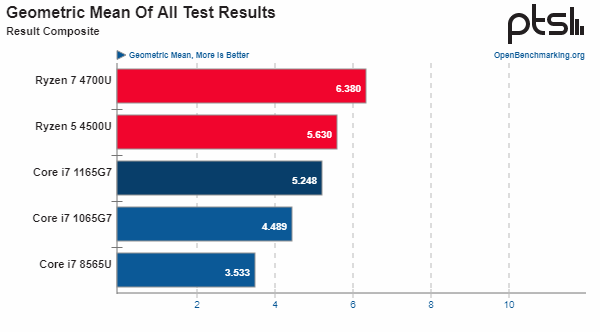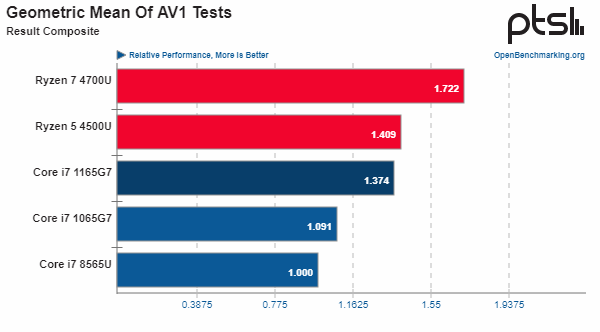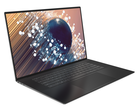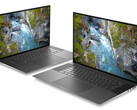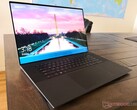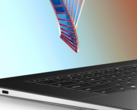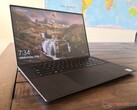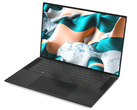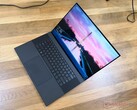Initial XPS 13 9310 Tiger Lake performance comparisons underline why Dell should release an AMD Ryzen 4000-powered XPS 13
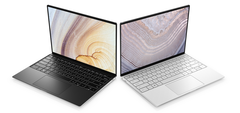
It has only been a few weeks since Dell unveiled the Tiger Lake edition of the XPS 13, so detailed reviews are thin on the ground. While we are yet to get our hands on an XPS 13 9310, Phoronix has. Unsurprisingly, the website has put the machine through its paces to see what advancements the Tiger Lake architecture offers compared to Intel's Ice Lake series. Phoronix reviews devices in Linux, so the results are not necessarily transferable to Windows 10. However, the review offers early real-world comparison between Tiger Lake and Renoir, AMD's Ryzen 4000 mobile processors.
Phoronix reviewed the Core i7-1165G7 edition, which is the second most powerful chip in Intel's Tiger Lake-U series product stack behind the Core i7-1185G7. The website tested the Tiger Lake machine on Ubuntu 20.04.1 LTS with Linux 5.9 and Mesa 20.3-devel, for reference, and compared it to the Core i7-8565U, Core i7-1065G7, Ryzen 5 4500U and Ryzen 7 4700U.
Based on Phoronix's findings, the Iris Xe Graphics G7 (96 EUs) in the Core i7-1165G7 offers a huge uplift in performance from the GPUs that Intel integrated in its Ice Lake chips. The Xe Graphics G7 even has the beating of the Vega 7 and Vega 5 GPUs in most synthetic benchmarks, which is a win for Intel. However, Phoronix has shown that Tiger Lake remains way down on Renoir when also considering CPU performance.
The XPS 13 9310 in Phoronix's possession averaged a 17% improvement from the Core i7-1065G7, which should not be sniffed at. The Core i7-1165G7 needed to post even greater improvements to surpass the performance of the Ryzen 5 4500U or Ryzen 7 4700U, though. From Phoronix's data, the Core i7-1165G7 averaged around 7% less than the Ryzen 5 4500U and finished 18% behind the Ryzen 7 4700U.
Worse still, OEMs tend to equip cheaper machines with Renoir processors, making the XPS 13 9310 more expensive and less powerful than machines like the Yoga Slim 7, for example. The value of Dell's latest XPS 13 is more than just processor performance, of course, as it is one of the most compact machines in its class. Equally, its near bezel-less display, excellent keyboard and solid battery life are all reasons to consider the XPS 13. A Ryzen 7 4700U or Ryzen 7 4800U-model would be a huge step up for the XPS 13 series though, and these early Tiger Lake results show just what Dell is missing by sticking with Intel.


 Deutsch
Deutsch English
English Español
Español Français
Français Italiano
Italiano Nederlands
Nederlands Polski
Polski Português
Português Русский
Русский Türkçe
Türkçe Svenska
Svenska Chinese
Chinese Magyar
Magyar